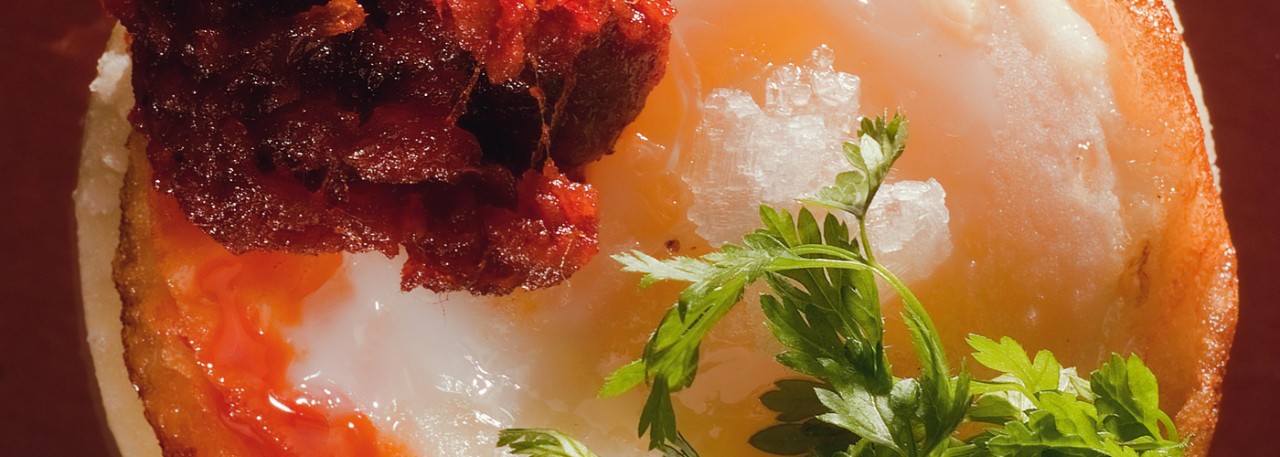Pda 2009 Picapoll (DO Pla de Bages), by Celler Solergibert. The grapes come from old vines of Picapoll, a variety that had all but disappeared. After aging in acacia wood, the result is a dry, very fresh wine that blends well with the briny and sharp flavors in this dish as well as with the sweetness of the tomato.
.png.transform/rendition-xs/image_image%20(1).png)

